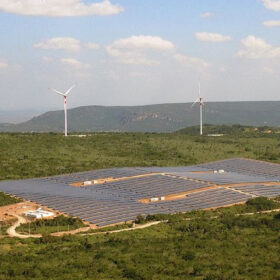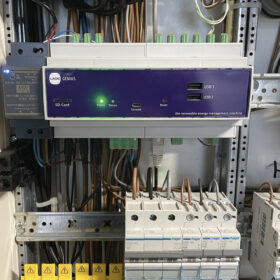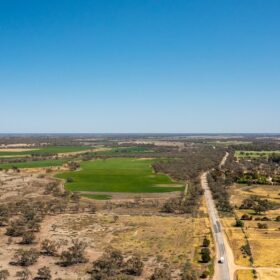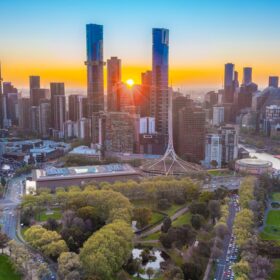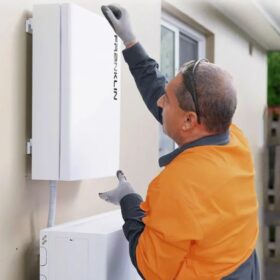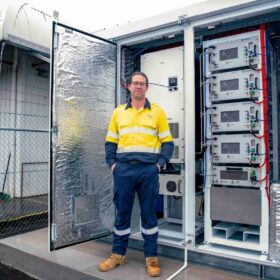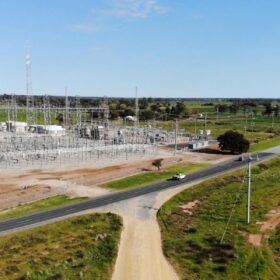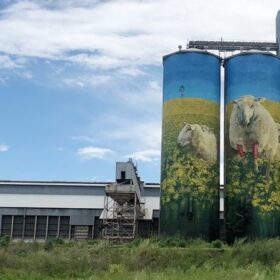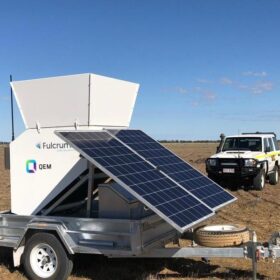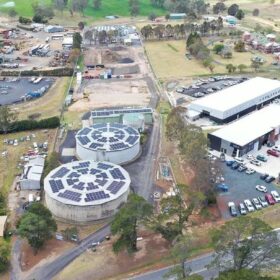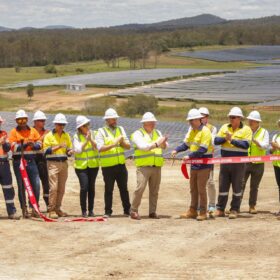Entering the renewables era
Following strong global solar installation figures in 2023, Alexa Capital co-founder and partner Gerard Reid sees enormous potential for a renewables revolution.
Weekend read: Artificial opportunities
Artificial intelligence (AI) is hot right now and is finding central applications in homes and businesses as they move from simple grid connections to self-generation, energy storage, electric vehicle charging, and load-shifting revenue streams. With AI everywhere, what’s the difference between advanced control via simple algorithms, and true intelligence?
Transgrid unveils preferred route for VNI West project
Transgrid has released details of its preferred route for the northern portion of the VNI West interconnector project that will connect the New South Wales and Victoria electricity grids.
Melbourne partners with Origin Zero on city-wide battery project
The City of Melbourne has partnered with Origin Zero to deliver three battery energy storage systems as part of its plan to establish a network of co-ordinated community batteries across the city to better manage the increasing penetration of rooftop solar and periods of peak demand on the network.
FranklinWH scores ticks of approval for home energy management system
A new AC-coupled residential storage solution, which integrates the use of solar, battery storage, energy control and management technologies, will be available to consumers in South Australia and Victoria after the product secured approval for use in the two states.
Pacific delivers first hydrogen stand-alone power system for NT
Renewables company Pacific Energy has deployed a first-of-a-kind containerised hydrogen electrolyser and fuel cell as part of a technology development project that is exploring the feasibility of using hydrogen as a clean energy source and storage solution for the Northern Territory’s grids.
Ace Power lands connection agreements for battery pair
Renewables developer Ace Power has secured its first grid connection agreements with the market operator for two battery energy storage projects in Australia, in what it says is a major milestone for the company.
Ausgrid turns to microgrid technology to support energy system into future
New South Wales electricity distributor Ausgrid is exploring the potential of solar-powered microgrids to enhance energy security for communities during extreme weather events and extended outages with construction having started on what will be the company’s first microgrid.
Enel inks deal to acquire 1 GW wind and solar project
Enel Green Power Australia has boosted its renewables portfolio by striking a deal with Queensland-headquartered minerals explorer QEM to purchase what would be one of the state’s biggest renewable energy farms in a deal worth more than $7 million (USD 4.68 million).
NSW council switches on solar in search for 100% renewables
Bega Valley Shire Council in New South Wales has announced a significant milestone in its journey towards 100% renewable energy by 2030 with the successful export of power from its newest solar energy site to the national grid.
